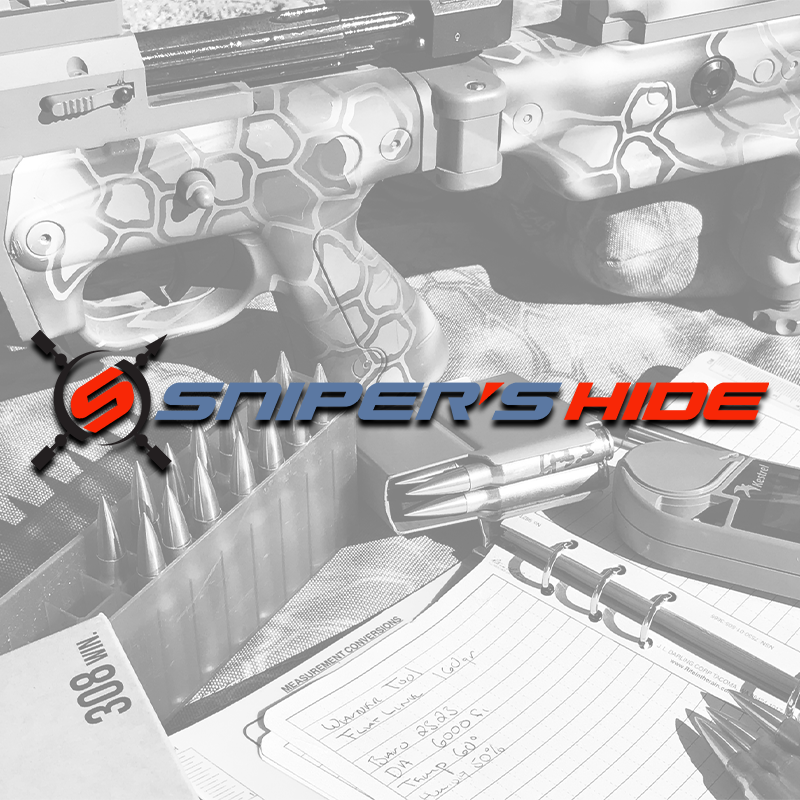What is the go to method for making a wind correction-while on the clock-that is good for multiple distance targets? For example, all things being equal, I make a wind call of 7 mph that will require .6 at 430 yds and .9 at 630 yds. But it takes .9 to center up the plate at 430. So I know I need to hold more wind at 630, what’s the most efficient way to figure out my new wind hold at 630?
Is it a simple matter of bracketing the wind on a data card? Is there some mental reverse engineering? I’ve got a 5 mph gun, so is it just a matter of adding an extra tenth or two based on my multiples of 5
Generally speaking, in a vacuum (meaning wind is consistent throughout the entire flight)……
Take whatever extra you held at X distance, then add .1 mil for every hundred yards or so.
I.E. your target is at 400yds and you hold .4 wind, but require .8 for a center impact. The difference is .4.
Your next target is at 600yds and you wrote down a .6 hold. You add the .4 that you needed on the 400yd target, plus .2 more since you’re 200 yds further. You’d now hold 1.2
It sounds like a lot, but it’s pretty easy to do. You can also list several wind holds on your arm board in different columns. When you make a correction on your first target, you then start using the appropriate column.
Say that column A has .4, .5, and .6 holds. Column B has .5, .6, and .7. Column C has .6, .7, and .8.
You use column A and hold .4. But it takes .6 to get a center hit. For the rest of the targets you would now use Column C.
Ideally, you’ll use both methods as well as others and good sense of your weapon and environment. After a while, you won’t have to think as much on the clock and and be able to make decisions on the fly with all the info you have available.
I.E. you changed from column A to column C, but you notice the wind seemed to die down a little, so you switch to column B. Or you notice it increased and you add a tenth or three to your column B holds.


